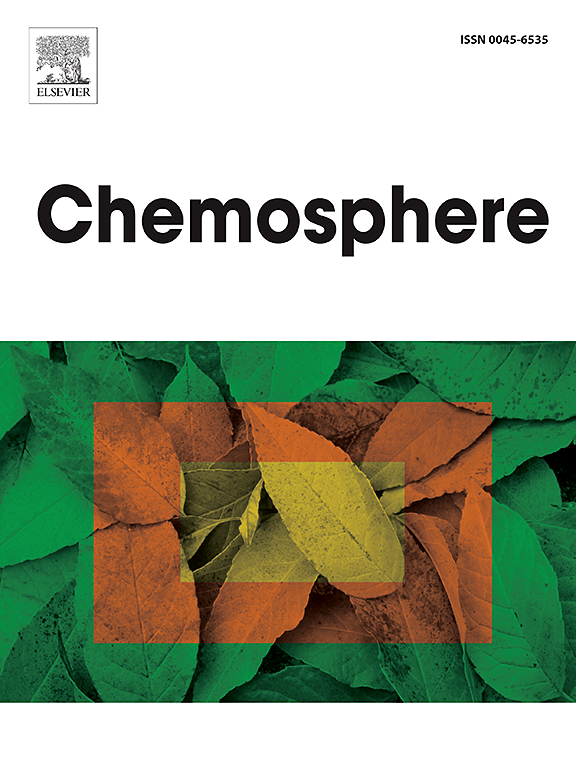Environmental contaminants and the HPA axis: Advances in adrenocortical hormone research in cetaceans
IF 8.1
2区 环境科学与生态学
Q1 ENVIRONMENTAL SCIENCES
引用次数: 0
Abstract
Environmental pollution is one of the main threats to marine life, and chemical contaminants are known endocrine disruptors capable of altering the physiological balance of exposed organisms. Among marine mammals, cetaceans stand out as environmental sentinels due to their high trophic level, longevity, and ability to bioaccumulate lipophilic substances. This review explores the impact of environmental contamination on the hypothalamic–pituitary–adrenal (HPA) axis, a key endocrine system involved in stress responses, whose chronic dysregulation may lead to adverse health outcomes. Existing evidence suggests that environmental pollutants can interfere with the production and regulation of steroid hormones, such as glucocorticoids, aldosterone, and dehydroepiandrosterone sulfate, potentially triggering HPA axis dysfunction and prolonged stress responses. However, substantial knowledge gaps remain, particularly concerning free-ranging cetaceans, highlighting the need for integrated assessments that combine hormonal and contaminant analyses. The development and validation of non-invasive methods capable of providing physiological data without inducing additional stress are also paramount. Integrating endocrine biomarkers with ecotoxicological data may offer a comprehensive approach to assessing environmental health risks and supporting more effective conservation strategies.

环境污染物与HPA轴:鲸类肾上腺皮质激素研究进展
环境污染是海洋生物的主要威胁之一,化学污染物是已知的内分泌干扰物,能够改变暴露的生物的生理平衡。在海洋哺乳动物中,鲸类动物因其高营养水平、长寿和生物积累亲脂物质的能力而成为环境哨兵。本文探讨了环境污染对下丘脑-垂体-肾上腺(HPA)轴的影响,HPA轴是参与应激反应的关键内分泌系统,其慢性失调可能导致不良的健康结果。现有证据表明,环境污染物可以干扰类固醇激素的产生和调节,如糖皮质激素、醛固酮和硫酸脱氢表雄酮,可能引发HPA轴功能障碍和延长应激反应。然而,大量的知识缺口仍然存在,特别是在自由放养的鲸类动物方面,这突出表明需要将激素和污染物分析结合起来进行综合评估。能够提供生理数据而不引起额外压力的非侵入性方法的开发和验证也是至关重要的。将内分泌生物标志物与生态毒理学数据相结合,可以为评估环境健康风险和支持更有效的保护策略提供全面的方法。
本文章由计算机程序翻译,如有差异,请以英文原文为准。
求助全文
约1分钟内获得全文
求助全文
来源期刊

Chemosphere
环境科学-环境科学
CiteScore
15.80
自引率
8.00%
发文量
4975
审稿时长
3.4 months
期刊介绍:
Chemosphere, being an international multidisciplinary journal, is dedicated to publishing original communications and review articles on chemicals in the environment. The scope covers a wide range of topics, including the identification, quantification, behavior, fate, toxicology, treatment, and remediation of chemicals in the bio-, hydro-, litho-, and atmosphere, ensuring the broad dissemination of research in this field.
 求助内容:
求助内容: 应助结果提醒方式:
应助结果提醒方式:


